Understand the Risks of Forced Labor in Global Supply Chains
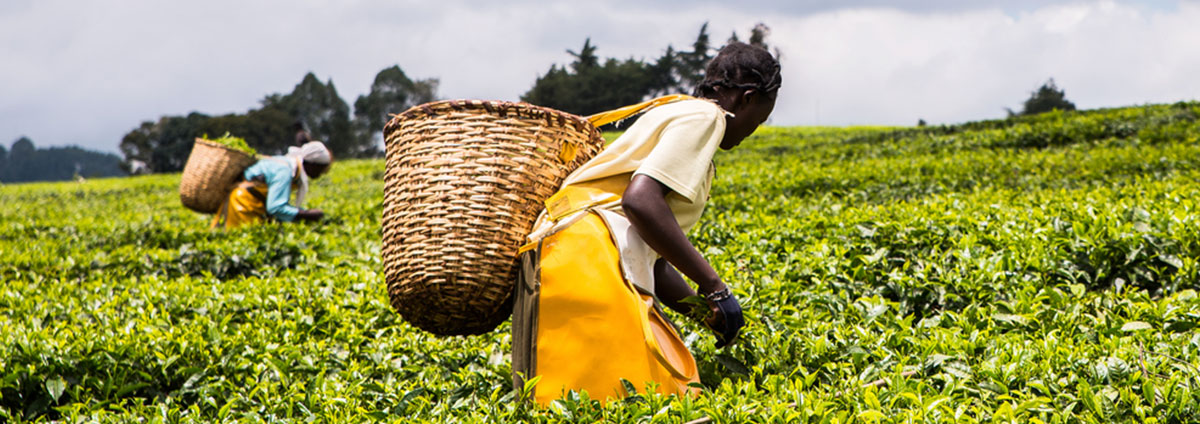
Geography – Labor
Other country-based factors include the role of poverty and landlessness in job seekers’ choices, and the element of migrant workers’ remittances in the economy of the country of origin. Aside from migrants, other vulnerable groups in the country of production may include refugees, young people and ethnic/religious minorities.
Politics
Political Factors in Migrants’ Country of Origin
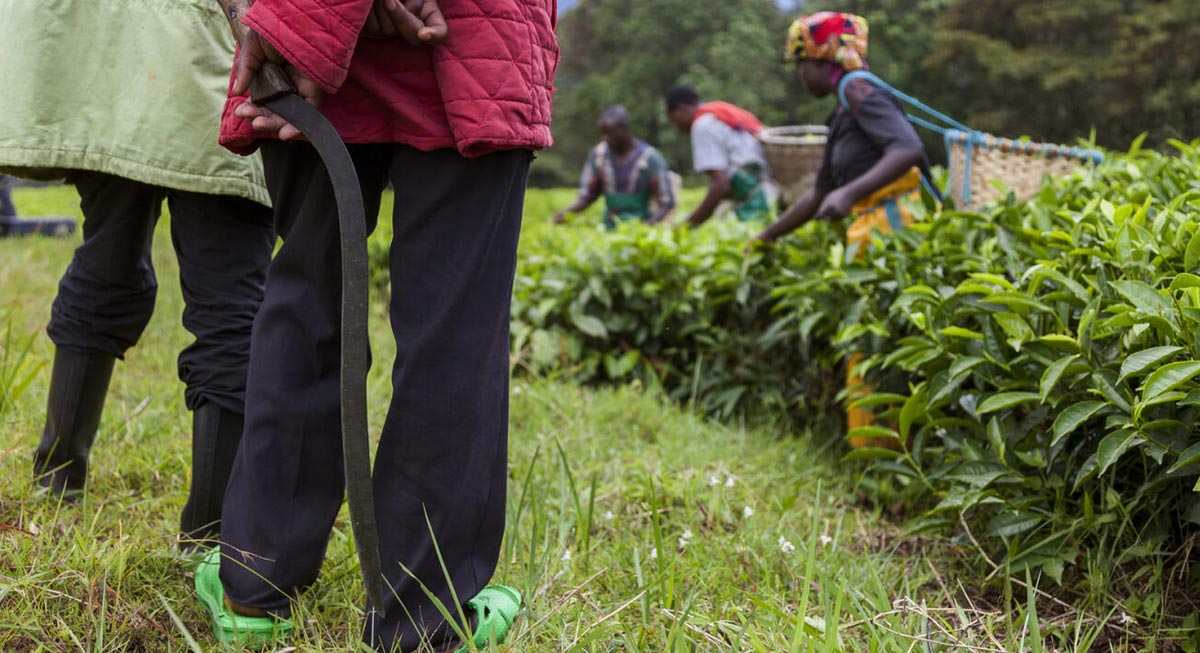
Instability
Workers in countries experiencing political upheaval or open conflict are at heightened risk for being trafficked due both to a decrease in the overall rule of law, and to increased general and personal insecurity, including increased likelihood of dislocation and dispossession. People in contexts experiencing profound political upheaval may lack options that enable them to resist exploitation by unethical recruiters or employers. Human trafficking vulnerability is often particularly acute for refugees.
Crime & Violence
Workers in countries with high levels of crime and violence are often at increased risk for being trafficked, due to the increased vulnerability associated with individual economic or physical insecurity. In some cases, high levels of criminality and violence can also spawn forced migration. Trafficking risk may be particularly high in contexts controlled by organized crime syndicates, as these may be engaged directly in human trafficking as part of their broader criminal activities. High levels of crime and violence are also associated with low rule of law, suggesting that enforcement of protections for workers may also be relatively lax.
Socioeconomics
Socioeconomic Risk Factors in the Country Supplying Labor
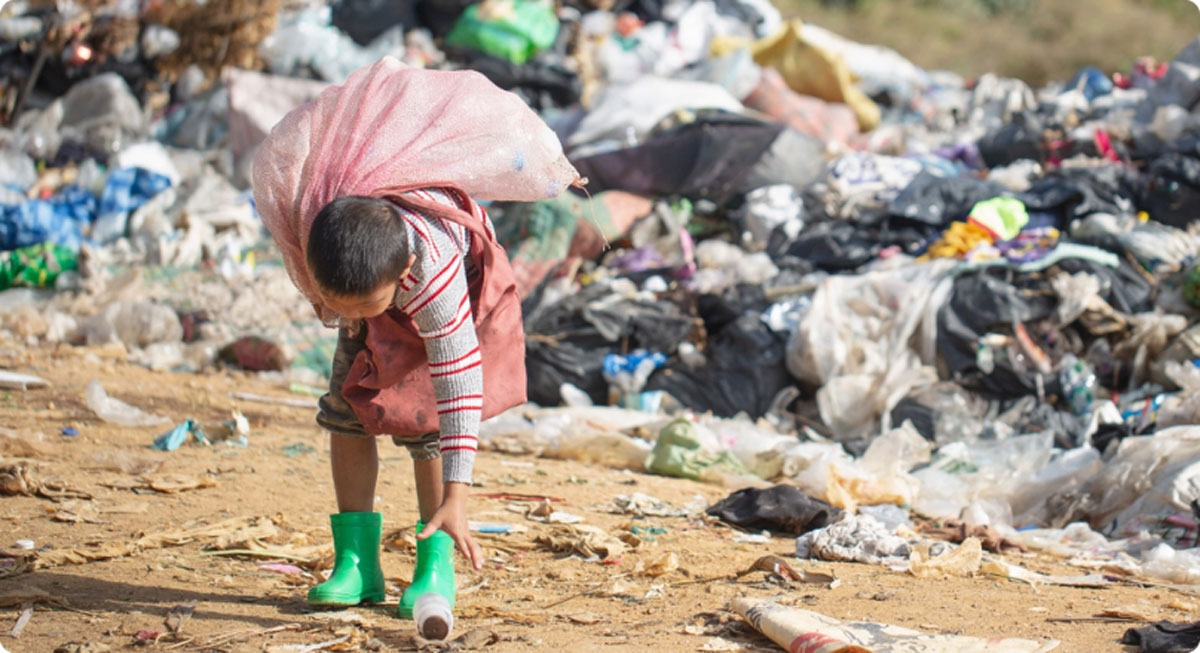
Poverty
The level and extent of poverty in a country is known to be a “push” factor for forced labor. An ILO study of the economics of labor trafficking found that household food insecurity and the occurrence of income shocks that take people deeper into poverty are both strongly correlated with increased likelihood of being trafficked. People suffering from extreme poverty generally have few options, and may take risks or make choices that increase their vulnerability to being trafficked or caught in situations of forced labor.
Impoverished migrants often rely on recruitment agents to find them jobs overseas and facilitate their migration, and in the process incur debt that traps them into those jobs even if the employment terms, nature, conditions, or even location are different than what had initially been promised. People who have had to put up title to the family farm as collateral on a loan to pay recruitment fees, or who have made the difficult decision to leave children or other family members behind in the hopes of earning enough to support them through work overseas, are not well-positioned to advocate for themselves in the face of unethical recruiters or employers seeking to exploit their labor illegally.
Landlessness
Countries in which large segments of the population have experienced loss of land or other property due to land grabs, political conflict, crime, natural disasters, forced resettlement, or economic policies resulting in dispossession are also at risk of human trafficking. When rural farmers are driven off their land by rebels, government officials, investors, environmental degradation, land fragmentation, or simple poverty, they become part of a landless underclass that has few economic options, and hence increased vulnerability to being trafficked.
Gender Inequality
A high degree of gender inequality in a country supplying labor may also be associated with risk of trafficking. In such contexts, women often have fewer rights and legal protections than men, and less access to the education necessary to obtain high-skilled jobs. Women may also be subject to discrimination in terms of wages, or in the kinds of jobs open to them. Women in gender unequal societies are often structurally dependent on men for financial security, leading women who lack access to male protection or wealth (for example, widows, unmarried women, and girls from poor families), with few resources of their own with which they might resist unethical recruiters and employers wishing to exploit them illegally.
Legal Framework
Risk Factors Related to the Legal Framework of the Country Supplying Labor
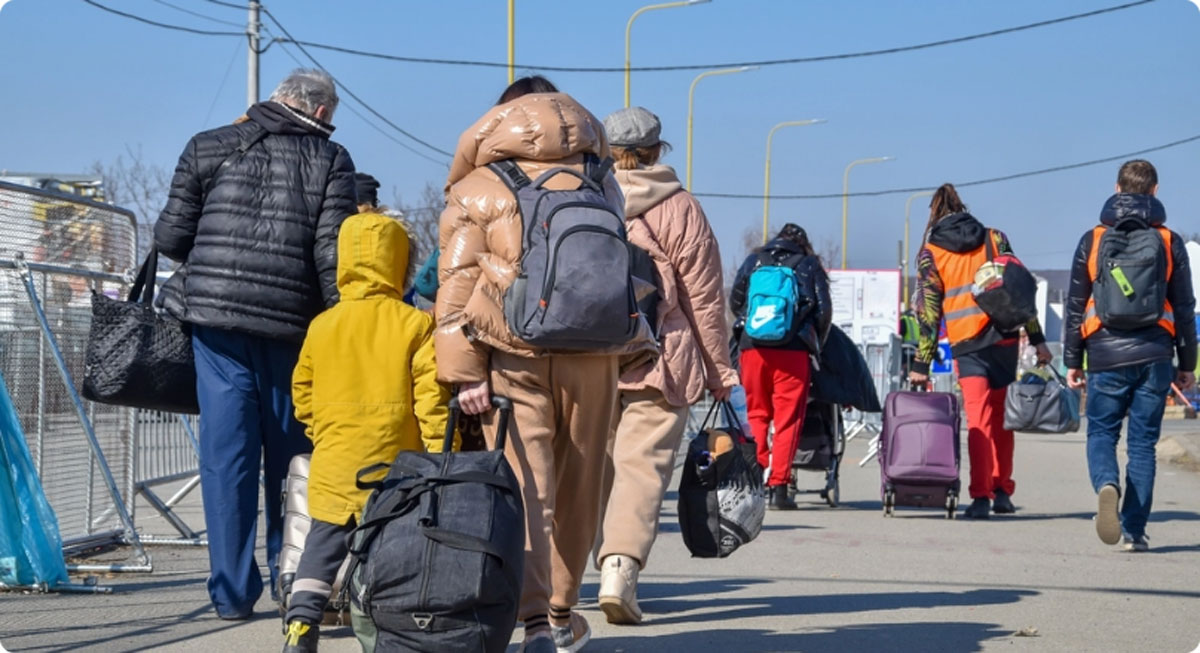
Remittance Economy
Countries that actively promote emigration of their citizens in anticipation of remittances may be at increased risk of trafficking, although this varies depending on the regulatory regime put in place to manage out-migration. When remittances from abroad represent a key element of national development strategies and GDP, governments have an incentive to encourage their citizens to accept overseas employment arrangements. State-facilitated emigration has the potential to protect migrants from exploitation and trafficking, particularly if government programs include training, job placement, and reintegration assistance, and a legal framework controlling and standardizing costs for migrants. When such programs are inadequately developed and supported in migrant-sending countries, however, the door is left open for unregulated flows of emigrants who are vulnerable to trafficking risks such as deceptive recruitment, excessive recruitment fees, and debt bondage.
Bilateral Agreements
Countries that lack robust bilateral agreements about immigrants’ rights with the countries to which they send migrants pose an increased risk for trafficking. In the absence of such agreements, home country governments are in a weak position to enforce reasonable limits on recruitment fees or advocate for their citizens’ rights once they arrive in the migrant-receiving country. The lack of a bilateral regulatory framework for migration may also enable unethical recruiters and employers within the receiving country to exploit their emigrants illegally, for example by emboldening them to retain migrants’ passports, or to compel them to work overtime. Even when bilateral agreements do exist, if they are not created in a nontransparent and consultative way, they may not adequately reflect concrete worker rights protections, and therefore may not effectively meet their objective of protecting workers.
ILO Conventions
Labor source countries that have not ratified key International Labor Organization conventions prohibiting forced labor and guaranteeing the rights of workers and migrants may be at greater risk of having problems with human trafficking. While not in itself causal, failure to sign on to such conventions is a red flag, due both to the absence of international scrutiny and to the lack of commitment to address the problem it suggests on the part of government.
Environment
Environmental Factors in the Country Supplying Labor
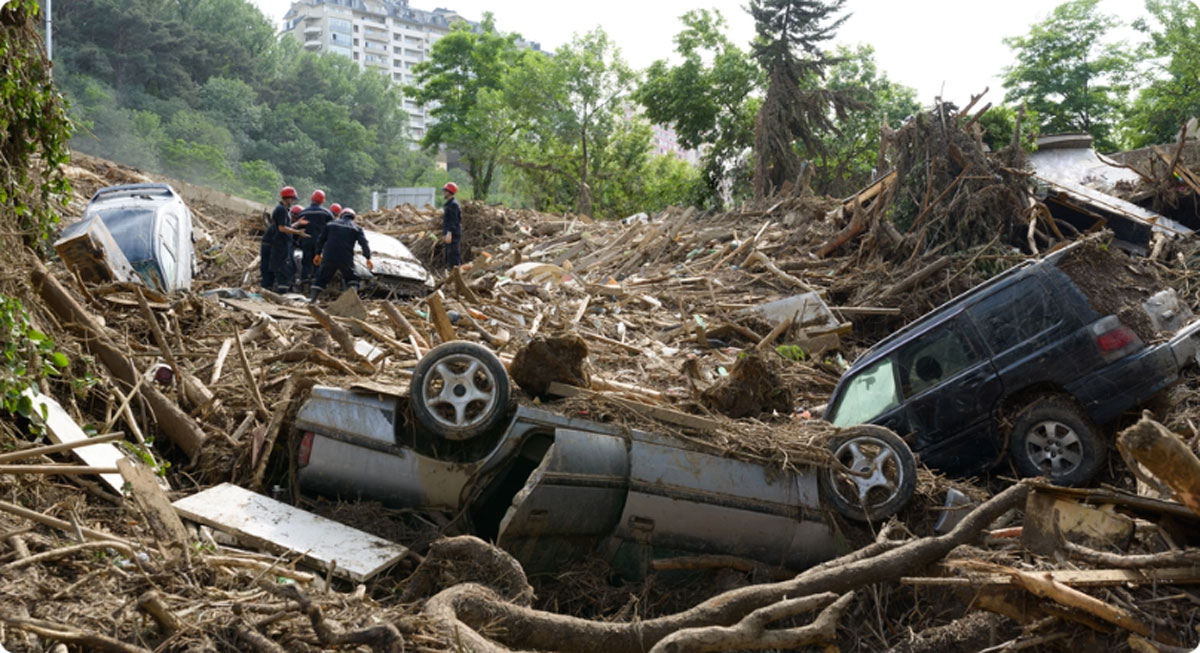
Natural Disaster
Countries in which natural disasters have recently taken place may be at risk of human trafficking, due to the need for rapid staffing of low-skilled positions for cleanup and construction. In the immediate aftermath of an emergency, normal procedures meant to check the potential for trafficking may be temporarily suspended, as government agencies and private contractors scramble to meet immediate needs. Such contexts represent opportunities for unethical recruitment and human trafficking to flourish.
Environmental Hardships
Countries with ongoing environmental challenges such as deforestation, fisheries collapse, recurring drought, or diseases affecting staple crops are also at greater risk for trafficking, due to the association of such hardships with pervasive poverty and insecurity. Trafficking risk caused by such environmental factors is likely to increase over time as a result of ongoing climate change.
Use RST's interactive map to identify forced labor risks globally, by sector, commodity, and country.
